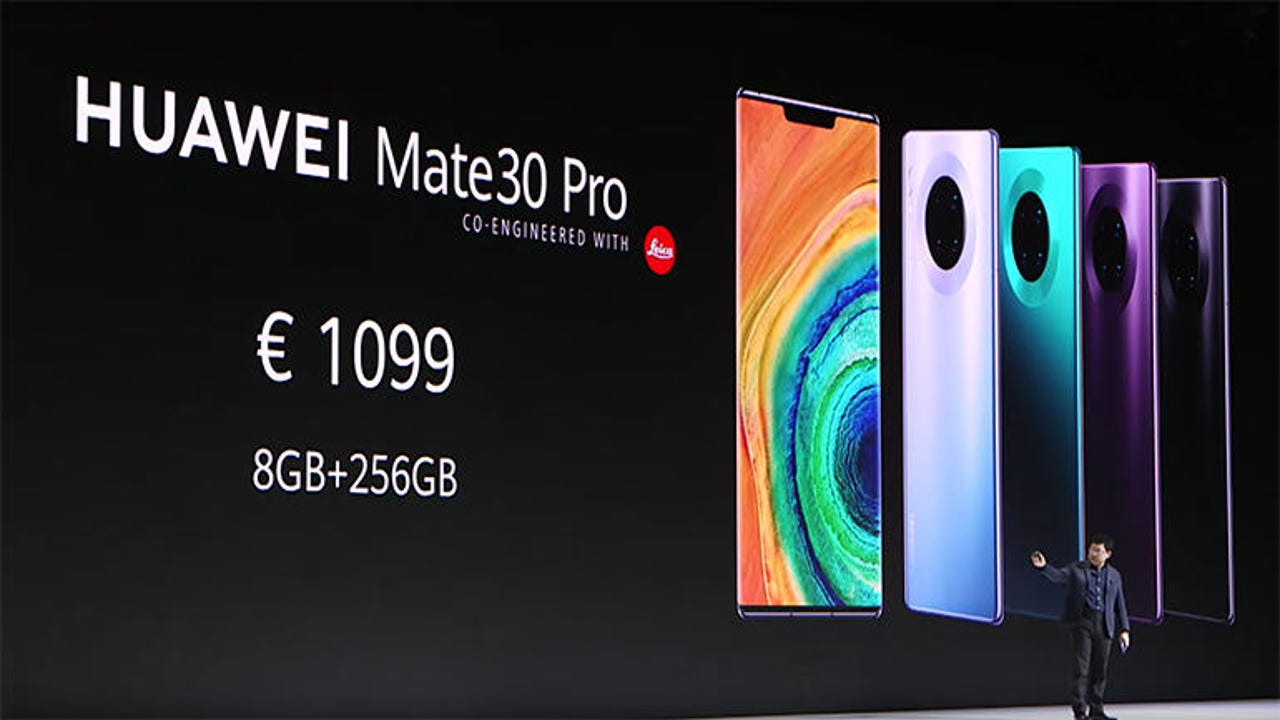Huawei Mate 30, Mate 30 Pro arrive – but without Google services


Huawei has launched its latest flagship smartphones, the Huawei Mate 30 and Mate 30 Pro, but the most interesting feature is perhaps what is missing: unlike previous Huawei Android smartphones these won't come with Google's apps on board.
5G
The Chinese smartphone maker is unable to offer the Google Play app store or Google services like Gmail and Maps preinstalled on its new phone because of its ongoing row with the US government.
SEE: IT pro's guide to the evolution and impact of 5G technology (free PDF)
The US government has added Huawei to its 'Entity List', claiming it had information that Huawei was engaged in activities that were contrary to US national security or foreign policy interests. US companies cannot transfer technology to a company on that list without a licence from the US government.
One significant impact of this is that Google said it would have to suspend Huawei's access to Android so that Huawei handsets would not receive updates, and future handsets would not be able to access applications and services, including the Google Play Store and Gmail app. While the ban has been relaxed slightly, it seems that new Huawei phones are unable to preinstall Google apps.
"Because of the US ban this phone cannot install the GMS [Google Mobile Services] core that has forced us the use the HMS [Huawei Mobile Services] core," said Richard Yu, CEO of the Huawei Consumer Business Group.
Huawei's own app store has only a fraction of the apps that Google's Play store contains -- 45,000 compared to 2.7 million --although Huawei said it has over one million developers. As with most new flagship phones, the emphasis is on the camera: the top-end Mate 30 Pro model packs four. The question will be whether the hardware can make up for the absence of those Google apps that many smartphone users rely on.